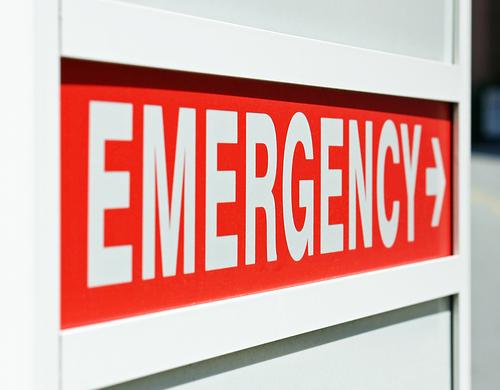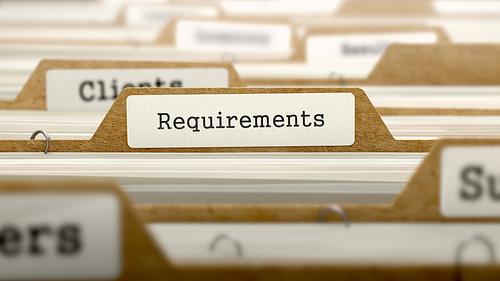Curriculum Vitae Writing for Advanced Practice Providers
1. Where to write your resume?
· A Word software is best as long as you feel comfortable making your own document.
- Microsoft Office is the standard, but there are similar versions online, such as Microsoft OneDrive and Google Docs.
- Most have resume templates. These are easy to use, but it’s good to make some changes, so it doesn't look too “cookie cutter.”
· Alternatively, there are resume builders online (usually for a fee), such as:
- zety.com
· Don’t forget, the end result MUST be a PDF file – do not forget to save a final copy as a PDF!!!
2. What to include?
· Header
- Your name and title
▫ i.e. John Smith, PA-C
▫ Write this in a larger font, so it’s the most noticeable thing on the resume.
- Address
▫ Optional
▫ Good to include when applying locally
- Phone number
▫ Personal number, not your work number
- Email address
▫ Make sure it’s professional, i.e. name “@gmail.com”
- LinkedIn or website
▫ Optional
▫ Include if will add additional relevant information
· Summary
- Optional, but good to include if you have more than a couple years of experience, to give employers a “snap shot” of you.
- Include the basics, (your title/specialty and years of experience), and gear it towards the position you're applying for.
· Experience – List jobs in reverse-chronological order (start with most recent and go backwards). List:
- Job title
- Employer (clinic/hospital name) and location (city, state)
- Start and end dates
- Job description
▫ Include 1-6 bullet points (more for more recent positions).
▫ Begin each bullet point with an active verb.
▫ Note specialization, specific testing and procedures done, achievements, patient volume, and a bit about the clinic (i.e. private rural family practice).
· Education
- If less than five years since graduation, list this before Experience.
- List degrees in reverse-chronological order.
- Include the degree and field of study (I.e. “Masters of Science, Physician Assistant studies”), graduation year, university name and location.
· Licenses and Certifications
- Board certification (i.e. NCCPA) and state licenses first, followed by all others (i.e. ACLS, BLS).
- List expiration year for each license/certificate.
- If several state licenses, they can be listed in a separate section instead.
- Gear resume organization to the position. For instance, if you’re applying out of state, and you already obtained a license in that state, list licenses after summary so the potential employer sees that first.
· Memberships
- This is not necessary, but if you have memberships to relevant organizations, list them here. For instance, if applying to an emergency department, list Society of Emergency Medicine Physician Assistant membership.
- If you only have one membership, this can be added to the licenses/certifications section, (then title it “Licenses and memberships”).
· Optional additional sections – only include those that are related to the job
- Publications/Presentations
- Awards
- Volunteering
- Relevant Skills
▫ Languages
▫ EMR training
▫ Specialized procedural skills (if not already mentioned)
3. What to not include?
· No need for high school information, GPA, hobbies, or obvious skills (i.e. “perform history and physical).
· No spelling errors!!! Spell check, proof read, and have a trusted individual proof read.
· So much information that it’s too long.
- Keep it relevant to the job you’re applying for.
- Two pages it ideal, but if in the field a long time, more pages may be needed.











